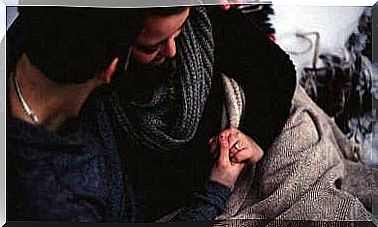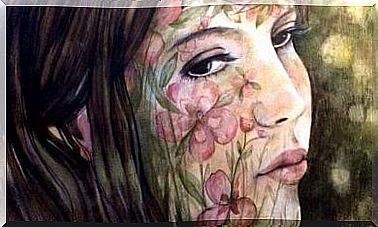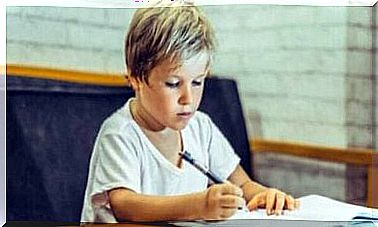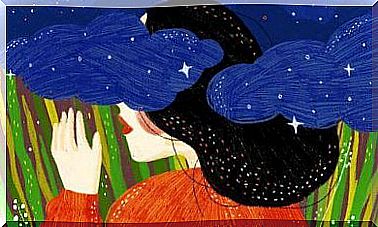Children With Chronic Pain – An Overlooked Disease
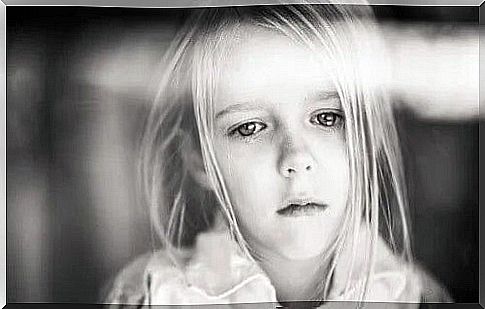
Pain is an experience that is as complex as personal. Therefore, patients with pain need good care and sensitivity. However, in the case of children with chronic pain, it can be difficult for them to communicate it because children do not have all the words that may be needed to express what they feel, except through crying. This is one reason why modern medicine and psychology have overlooked chronic pain in children during the 20th century.
In fact, until the 1950s, doctors believed that children were not as sensitive to pain as adults. This undisputed belief led to serious consequences. In many hospitals, doctors performed surgical procedures on children under the age of 2 with very little or no anesthetic.
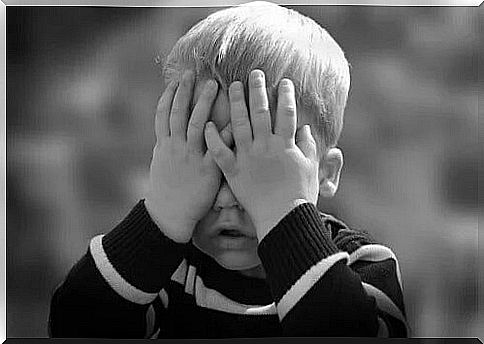
Tools for measuring chronic pain in children
Today, modern medicine and psychology have realized that chronic pain in children has the same characteristics as chronic pain in adults. Therefore, the two patient groups are treated equally today. Children are considered to have chronic pain when they experience it for 6 months or longer, regardless of psychological reasons.
However, there is a problem in the fact that there are no previous protocols or tools for diagnosing chronic pain in children. The tools used have been those that have generally been developed for adults, and that have been adapted for children. Fortunately, this is changing today, and clinical psychology is playing a major role in this change.
Today, chronic pain in children is more noticed, studied and treated with the help of everything from projective techniques to recognition techniques and emotional expressions. Pain is no longer considered a simple complaint in children. Doctors give it the importance it has and do not see it as a way for children to try to get their parents’ attention.
Methods that describe pain
When it comes to infants and toddlers under 3-4 years of age who have not yet developed linguistically or cognitively enough to be able to express their pain through words or drawings, the most reliable diagnostic methods are behavioral reports and physiological changes. Older children and teens may use other ways to express their pain. Among the most common are:
- Pain thermometer: usually on a scale from 0 to 10 where 0 stands for “no pain” and 10 stands for “the most intense pain imaginable”. The child can show how intense pain it feels through coloring the corresponding area on the thermometer.
- Eland color tool (ECT): a color scale where the child can choose one of eight colors that correspond to different intensities of pain, from “no pain” to “worse than imaginable”.
- Pain scale with faces: this is used with children over 5 years. It consists of nine faces. Four of these represent different degrees of positive facial expressions, four represent different negative facial expressions and four faces have neutral expressions. The child may choose the face that shows the pain it is experiencing at the moment.
- Questionnaire about pain: this is used with older children and teenagers. It consists of 8 questions about the child’s pain.
- Pain diary: it is a diary that the child keeps for himself and where the child reports as his pain. The book includes a pain scale that goes from 0, “no pain” to 5, “very severe pain”. The doctor evaluates the pain twice a day during the postoperative period.
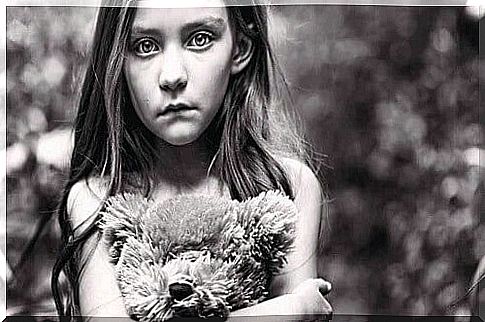
Psychological treatment for children with chronic pain
When discussing treatments for children with chronic pain, one encounters a painful reality. Most medications for pain treatment are not suitable for children. Therefore, special emphasis is placed on multidisciplinary treatment for children.
Clinical psychology contributes in this case with a series of treatments that are considered effective and effective for children aged 7 years and older. These treatments have also shown very promising results when it comes to chronic pain also in smaller children. The treatment generally depends on the type of pain and how to analyze it. Among the most commonly used techniques are:
- Biofeedback: the method is most often used for different types of headaches. It consists of checking physiological indicators regarding voltage and also temperature within measured parameters.
- Relaxation techniques: deep breathing or muscle relaxation. It is very effective for children thanks to the fact that the techniques alleviate the causes of active pain.
- Mindfulness: the few studies available show statistically significant improvements in variables such as intensity and frequency during periods of pain.
- Hypnosis: the psychotherapeutic purpose is usually aimed at controlling physiological reactions, attention control and cognitive aspects related to the pain experience.
- Visualization: uses mental images or internal representations to reduce the pain experience and thereby create a pain-relieving effect.
- Distraction: it has been proven that when you focus your attention on something that creates pain, this increases the experience of the pain, and vice versa.
- Preparedness: a functional analysis of the patient is performed with the aim of reorganizing the environment to facilitate the changed behavior with regard to the pain cases, and to avoid amplifying or rewarding uncontrolled behavior.
We need more research
Despite these advances, and despite being proven to be effective and successful, access to psychological treatment for children with chronic pain is still low. We therefore need multidisciplinary progress and more studies in this area so that we can learn how to better combat chronic pain in children.
